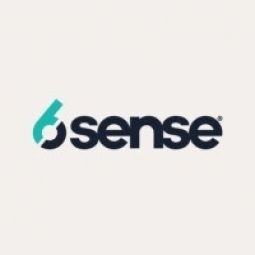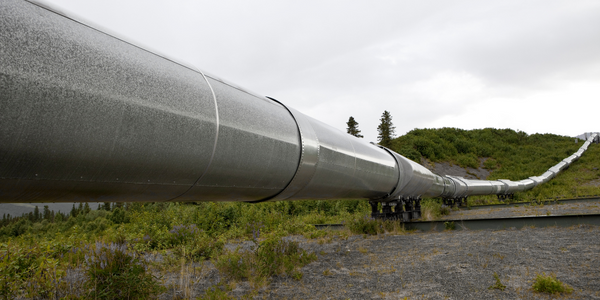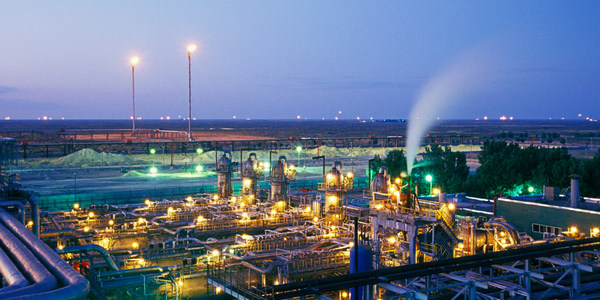Technology Category
- Platform as a Service (PaaS) - Application Development Platforms
Applicable Industries
- Oil & Gas
Applicable Functions
- Procurement
- Sales & Marketing
Use Cases
- Smart Campus
- Time Sensitive Networking
About The Customer
Clari is a provider of a Revenue Platform that enhances efficiency, predictability, and growth across the entire revenue process. The platform offers revenue teams complete visibility into their business, enabling them to drive process rigor, identify risk and opportunity in the pipeline, increase forecast accuracy, and boost overall efficiency. Clari's execution insights are used by thousands of sales, marketing, and customer success teams at leading companies, including Okta, Adobe, Workday, Zoom, and Finastra, to make their revenue process more connected, efficient, and predictable.
The Challenge
Clari, a revenue platform provider, was facing challenges in reviving closed-lost accounts. The company was already using 6sense, but their revenue team was not leveraging the platform to its full potential. They were using a 'spray and pray' go-to-market strategy, targeting any big brand that came to mind, rather than focusing on logos expressing genuine buying intent. Additionally, the results they were seeing from LinkedIn Advertising had hit a plateau. The team was running multiple campaigns simultaneously, which led to oversaturation of the target audience. The challenge was to optimize the use of 6sense data and capabilities to revive the closed-lost accounts and generate new opportunities.
The Solution
Clari's solution was to implement a 'Wake the Dead' strategy using 6sense display ads. The company reviewed a year's worth of closed-lost opportunities, looking for specific criteria such as failure to launch, meeting no-shows, bad timing, executive turnover, and budget restrictions. To revive these accounts, Clari aligned revenue development managers and account executives, agreed on messaging and assets, and launched display ads using 6sense. These ads targeted senior-level personas and directed them to curated landing pages powered by Folloze, a buyer experience platform. Once accounts reached Clari’s website, the team of revenue development representatives received buying signals and targeted the proper accounts to generate new opportunities.
Operational Impact
Quantitative Benefit

Case Study missing?
Start adding your own!
Register with your work email and create a new case study profile for your business.
Related Case Studies.

Case Study
Taking Oil and Gas Exploration to the Next Level
DownUnder GeoSolutions (DUG) wanted to increase computing performance by 5 to 10 times to improve seismic processing. The solution must build on current architecture software investments without sacrificing existing software and scale computing without scaling IT infrastructure costs.

Case Study
Remote Wellhead Monitoring
Each wellhead was equipped with various sensors and meters that needed to be monitored and controlled from a central HMI, often miles away from the assets in the field. Redundant solar and wind generators were installed at each wellhead to support the electrical needs of the pumpstations, temperature meters, cameras, and cellular modules. In addition to asset management and remote control capabilities, data logging for remote surveillance and alarm notifications was a key demand from the customer. Terra Ferma’s solution needed to be power efficient, reliable, and capable of supporting high-bandwidth data-feeds. They needed a multi-link cellular connection to a central server that sustained reliable and redundant monitoring and control of flow meters, temperature sensors, power supply, and event-logging; including video and image files. This open-standard network needed to interface with the existing SCADA and proprietary network management software.

Case Study
Refinery Saves Over $700,000 with Smart Wireless
One of the largest petroleum refineries in the world is equipped to refine various types of crude oil and manufacture various grades of fuel from motor gasoline to Aviation Turbine Fuel. Due to wear and tear, eight hydrogen valves in each refinery were leaking, and each cost $1800 per ton of hydrogen vented. The plant also had leakage on nearly 30 flare control hydrocarbon valves. The refinery wanted a continuous, online monitoring system that could catch leaks early, minimize hydrogen and hydrocarbon production losses, and improve safety for maintenance.










